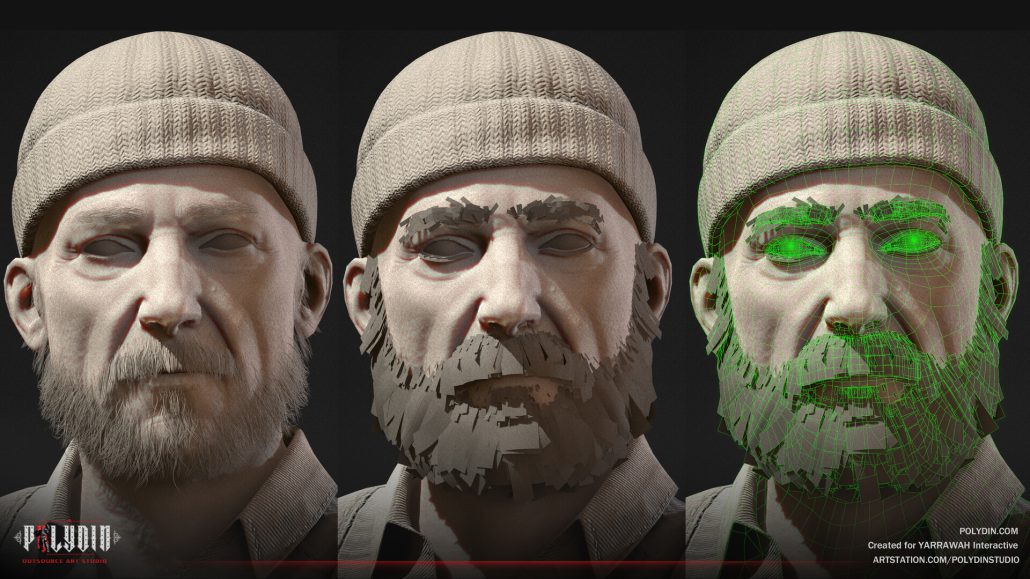3D animation is a captivating and versatile medium. Many 3D animation types have revolutionized the world of visual storytelling and digital content creation. They have found their way into myriad industries, from film and gaming to advertising and education, offering limitless creative possibilities.
In this exploration of 3D animation, we will delve into its various styles, techniques, and applications, shedding light on the rich tapestry of digital artistry that continues to evolve and redefine the boundaries of imagination and innovation. Whether you’re a seasoned animator, a curious enthusiast, or someone simply intrigued by the magic of 3D animation, this journey promises to unveil the depth and breadth of this dynamic art form.
What Is 3D Animation?
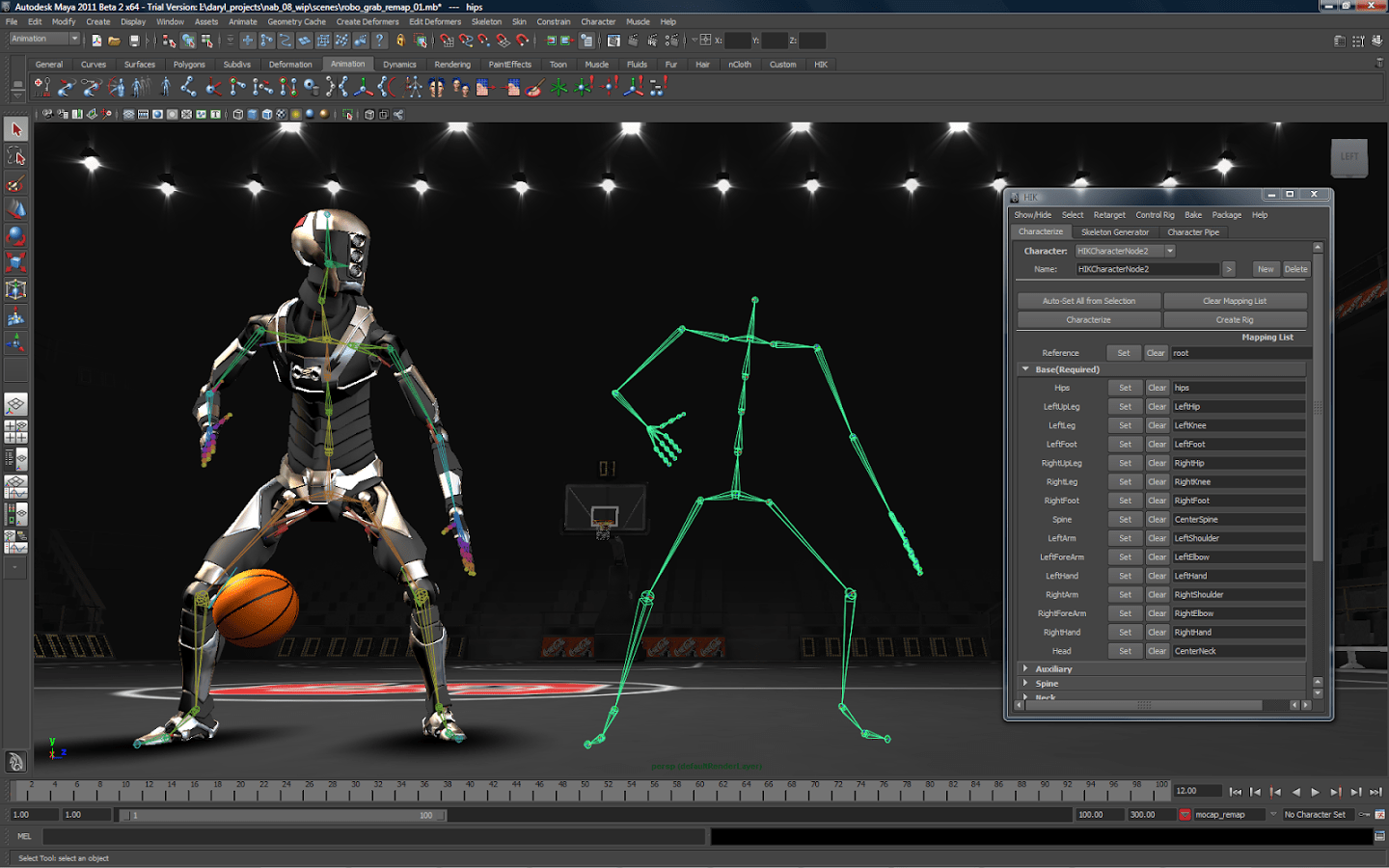

3D animation is a digital art form that creates moving images and visual sequences in a three-dimensional space. Unlike traditional 2D animation, which operates on a flat plane, 3D animation adds depth, realism, and an extra dimension to the visuals. It achieves this by using computer software to build and manipulate 3D models of objects, characters, and environments, which are then animated to simulate lifelike movement and interaction.
Read Also: Exploring the World of Animation | A Comparison of 2D Animation vs 3D Animation
Importance of 3D Animation
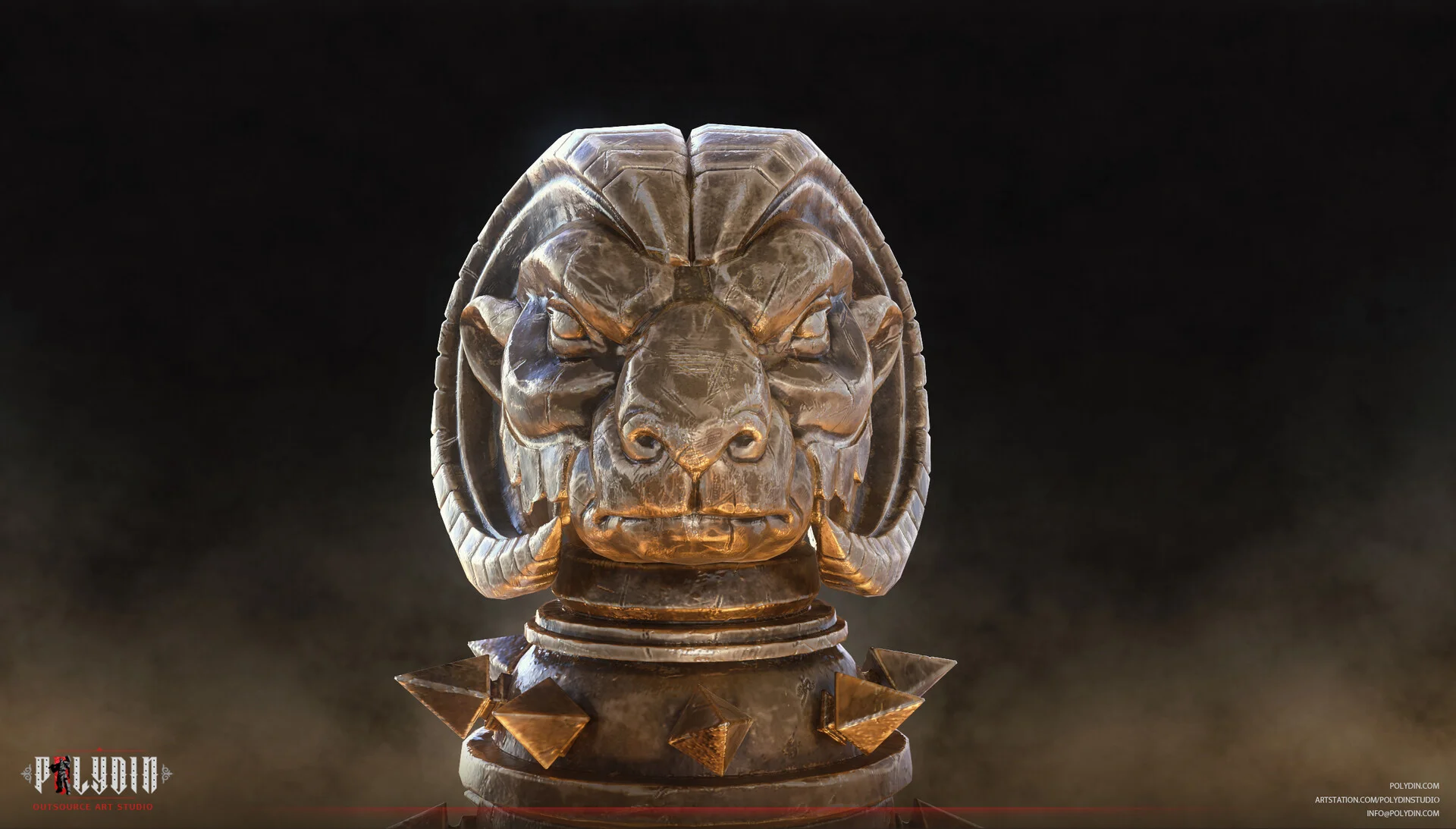

3D animation is crucial for its ability to create visually captivating and immersive experiences in various industries. Its importance lies in its capacity to:
- Deliver Visual Appeal: It captivates audiences with stunning visuals, making it invaluable in entertainment, advertising, and marketing.
- Realism: 3D animation generates lifelike environments and characters, essential for film, video games, and architectural visualization.
- Education and Training: It simplifies complex concepts, enhances learning, and simulates real-world scenarios.
- Simulation and Prototyping: Used in engineering and design to test ideas and save resources.
- Advertising and Marketing: Enables creative storytelling and product communication.
- Medical and Scientific Visualization: Vital for medical education, research, and data representation.
- Architectural Visualization: Helps in visualizing building projects.
- Product Design: Facilitates prototyping and product marketing.
- Art and Creativity: Offers a medium for artistic expression.
- VR and AR: Essential for creating immersive digital experiences.
In short, 3D animation enriches entertainment, education, design, and problem-solving across multiple sectors thanks to its ability to engage and inform through visual storytelling.
Different Types of 3D Animation Styles
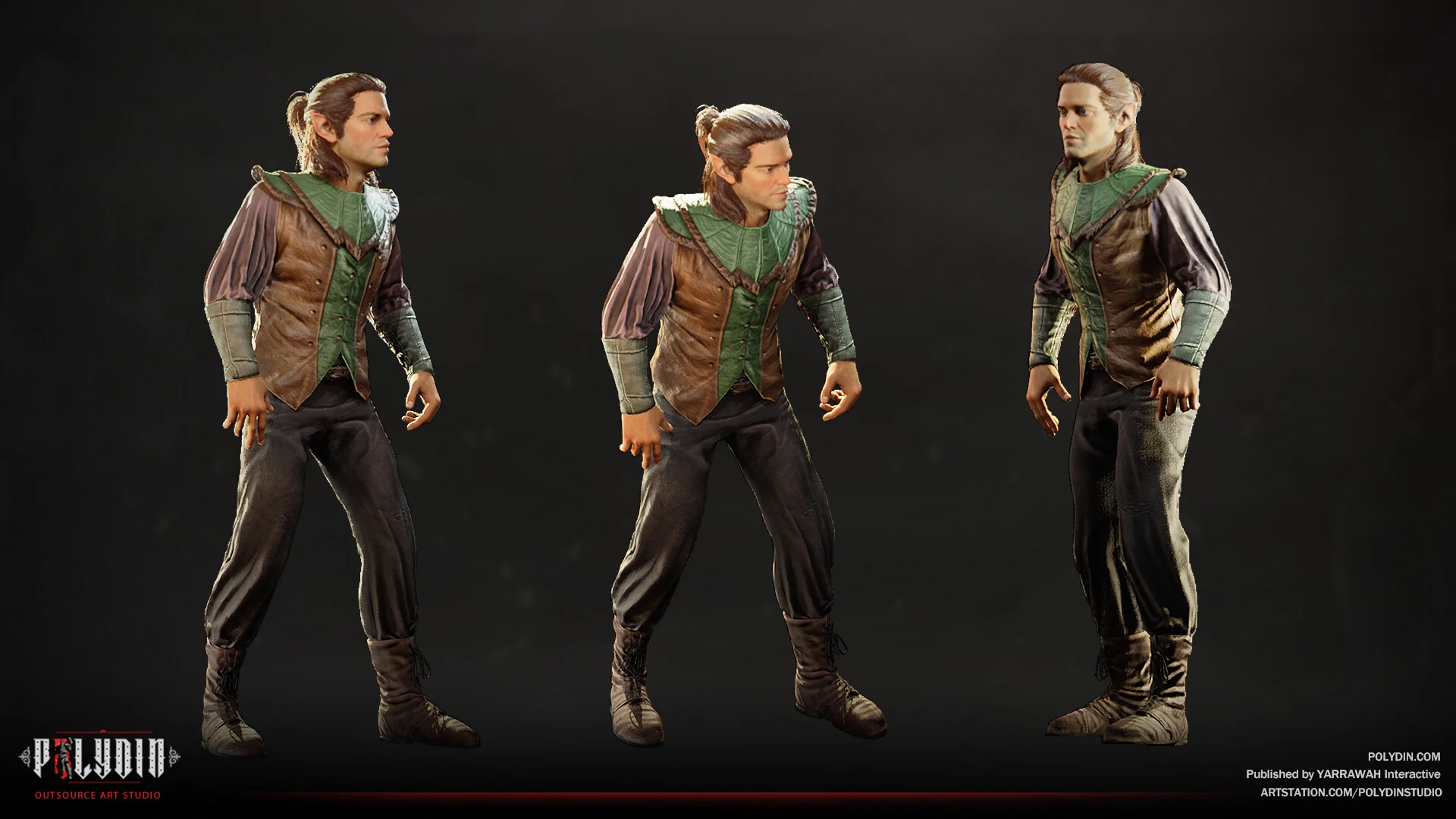

The world of 3D animation is diverse and dynamic, offering a wide array of 3D animation types with different styles and techniques to bring creative visions to life. This exploration will explore various 3D animation types with unique characteristics and applications. From the digital landscapes of Digital 3D to the immersive experiences of Virtual Reality 3D and the nostalgic charm of Stop Motion, these styles cater to different needs and artistic expressions within the realm of animation.
Digital 3D
Digital 3D animation is one of the versatile and widely used 3D animation types that involves creating three-dimensional objects and environments within a computer-generated environment. It is a staple in film, video games, and architectural visualization industries, where realism and precision are paramount. Digital 3D allows for intricate detailing, lifelike characters, and dynamic camera work, making it ideal for immersive experiences.
Read Also: Unlocking the Power of Animation in Video Games | Techniques, Tools, and Future Trends
Interactive 3D
Interactive 3D animation takes the viewer’s engagement to the next level by allowing them to interact with the animated content. Commonly seen in video games and simulations, interactive 3D animation responds to user inputs, creating dynamic and adaptive experiences. It empowers users to make choices and influence the narrative, enhancing immersion and interactivity.
Virtual Reality 3D
Virtual Reality (VR) 3D animation transports viewers into a fully immersive digital world. By wearing VR headsets, users can explore and interact with 3D environments in a lifelike manner. This style revolutionizes gaming, training simulations, and therapeutic applications, providing an unparalleled sense of presence and immersion.
Stop Motion
Stop-motion animation is a unique and time-honored technique where physical objects or puppets are moved incrementally between frames, creating the illusion of motion when played back. Its tactile and nostalgic quality has made it a beloved choice in films like “Wallace & Gromit” and “The Nightmare Before Christmas.” It offers a distinctive, handmade charm that differentiates it from other animation styles.
Cel Shading (Toon Shading)
Cel Shading, also known as Toon Shading, is a style that aims to mimic the appearance of traditional hand-drawn animation. It involves rendering 3D objects with flat, non-photorealistic shading to achieve a cartoon-like or comic-book aesthetic. This style is popular in video games, creating a visually striking, animated appearance reminiscent of comic book illustrations.
Motion Capture
Motion Capture (MoCap) is a technique where the movements of real actors or objects are captured and translated into 3D animations. It’s widely used in the film industry to bring realism to animated characters and in sports analysis for precise motion tracking. MoCap enhances the authenticity and expressiveness of 3D characters and objects.
Motion Graphics
Motion Graphics blend graphic design with animation to convey information, tell stories, or create visual effects. It often involves typography, icons, and shapes that move and transform. Motion Graphics find applications in advertising, user interfaces, and explanatory videos, effectively communicating complex ideas in a visually engaging manner.
Different Types of 3D Animation Techniques
Many techniques exist within the realm of 3D animation types, each serving specific purposes and bringing unique qualities to the craft. This exploration will explore different 3D animation techniques, offering insights into how these methods shape animated characters and objects’ movement, behavior, and visual aesthetics.
Skeletal Animation
Skeletal animation, also known as rigging, is a fundamental 3D animation technique that defines the movement of characters and objects by simulating their underlying skeletal structure. Animators create a digital skeleton composed of interconnected bones and joints, which can be manipulated to control the character’s movements. This technique allows for realistic and fluid animations, making it essential in character animation for films, video games, and simulations.
Inverse Kinematics
Inverse Kinematics is a 3D animation technique that simplifies the animation process by working in reverse compared to skeletal animation. Instead of manipulating individual joints, animators define a goal or target position for an endpoint, such as a character’s hand or foot. The software then automatically calculates the joint movements required to reach that target. IK is valuable for creating natural and efficient motion, particularly in complex character animations and robotics.
Fluid Simulations
Fluid simulations are a specialized 3D animation technique replicating the dynamic behavior of liquids, gases, and other fluids. These simulations rely on physics-based algorithms to simulate the interactions of particles within a fluid, allowing for the realistic portrayal of phenomena like water splashes, smoke, fire, and more. Fluid simulations find applications in visual effects for films, gaming, scientific research, and engineering.
The Use of 3D Animation Types
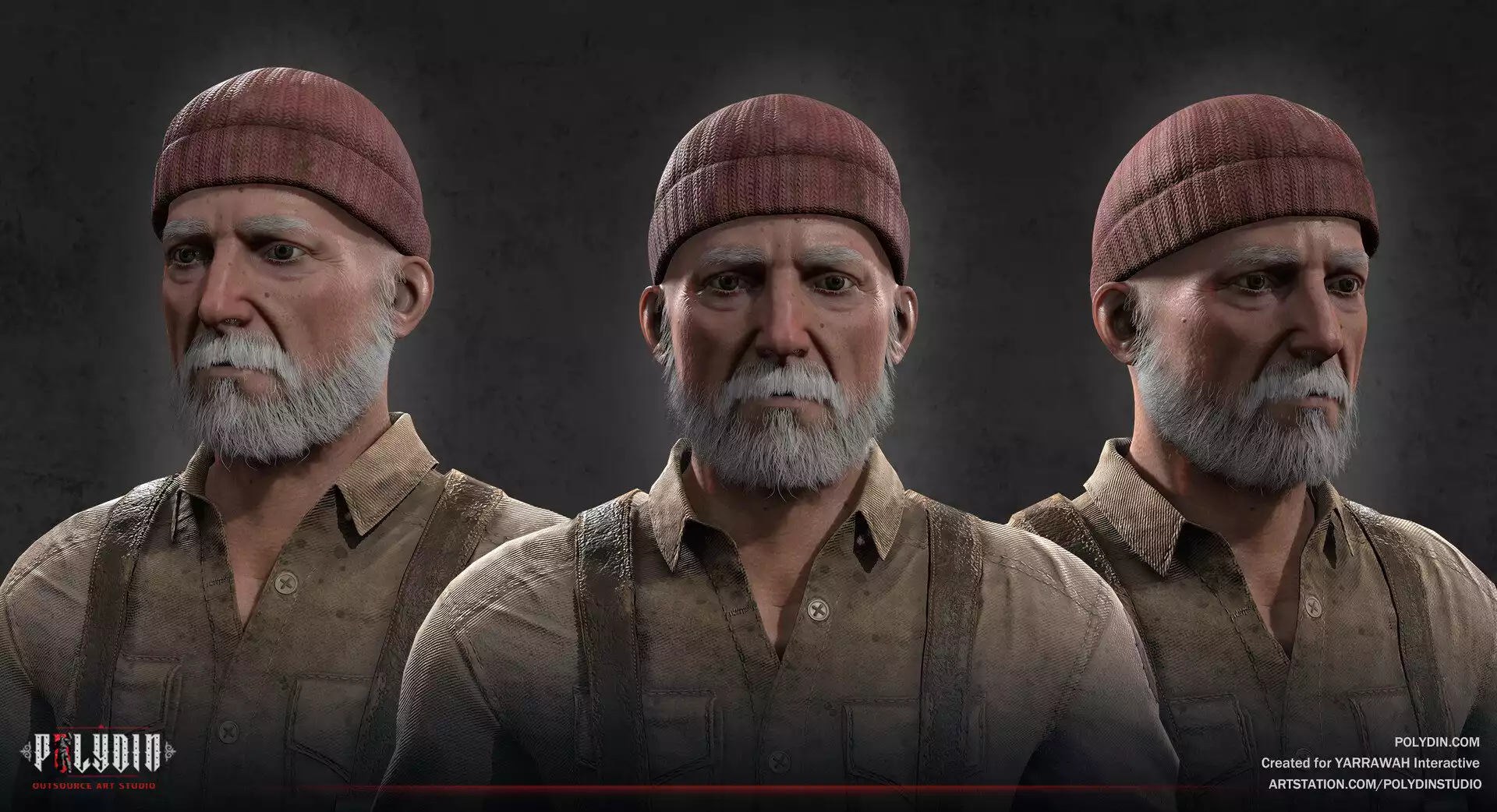

Their specific characteristics and applications determine the use of various 3D animation types. Here’s an overview of how different 3D animation types are commonly used:
Digital 3D Animation
-
- Film and Entertainment: Digital 3D animation is extensively used in the film industry for creating lifelike characters and environments. Movies like “Avatar” and “Toy Story” showcase the capabilities of this technique.
- Video Games: Most modern video games employ digital 3D animation for character movements, object interactions, and immersive environments.
- Architectural Visualization: Architects and designers use it to create realistic walkthroughs of buildings and interior spaces before construction.
Interactive 3D Animation
-
- Video Games: Interactive 3D animation is a cornerstone of the gaming industry, providing players with real-time control over characters and their surroundings.
- Training Simulations: Industries like aviation and healthcare use interactive 3D simulations for training, allowing learners to practice in a risk-free environment.
- Virtual Museums and Tours: Interactive 3D animations are used to create virtual tours of historical sites and museums, enhancing the visitor experience.
Virtual Reality 3D Animation
-
- Gaming: VR 3D animation offers immersive gaming experiences where users can physically interact with virtual environments.
- Education and Training: VR is used for hands-on training in fields like medicine, allowing students to perform virtual surgeries or explore complex anatomical structures.
- Therapy and Rehabilitation: VR is employed in physical and psychological therapy to create controlled, immersive environments for patients.
Stop Motion
-
- Film and Television: Stop motion animation brings tangible objects and characters to life, offering a unique and charming aesthetic in works like “Wallace & Gromit” and “Kubo and the Two Strings.”
- Advertising: Brands use stop motion to create memorable, eye-catching commercials that stand out from traditional 3D animation.
Cel Shading (Toon Shading)
-
- Video Games: Cel shading is employed to give video games a distinctive, artistic look, emulating the appearance of hand-drawn cartoons.
- Animation Series: Some animated TV series, like Marvel’s “What If…?,” use cel-shading to maintain a consistent visual style.
Motion Capture
-
- Film and Video Games: Motion capture is vital for creating realistic character movements. It’s commonly used in blockbuster films and AAA video games.
- Sports Analysis: Motion capture technology helps analyze and improve athletic performance by precisely tracking movements.
Motion Graphics
-
- Advertising and Marketing: Motion graphics are used to convey information, enhance branding, and create visually appealing advertisements.
- Explainer Videos: Companies use motion graphics to explain complex concepts or showcase product features in a concise and engaging manner.
In summary, the choice of 3D animation types depends on the intended application, artistic vision, and desired level of interactivity. These techniques collectively contribute to the diverse and dynamic world of animation, serving a wide range of industries and creative endeavors.
Final Thoughts
In conclusion, 3D animation is a dynamic and transformative medium that has revolutionized storytelling, entertainment, education, and various industries. Its diverse range of styles and techniques, from lifelike digital 3D animations to the interactive experiences of virtual reality, offers endless possibilities for creativity and innovation.
As technology continues to advance, 3D animation will likely play an even more significant role in shaping our visual culture, enhancing learning experiences, and pushing the boundaries of artistic expression. Its power to captivate, inform, and immerse audiences makes it an indispensable tool for the digital age, ensuring its continued relevance and importance in the years to come.

